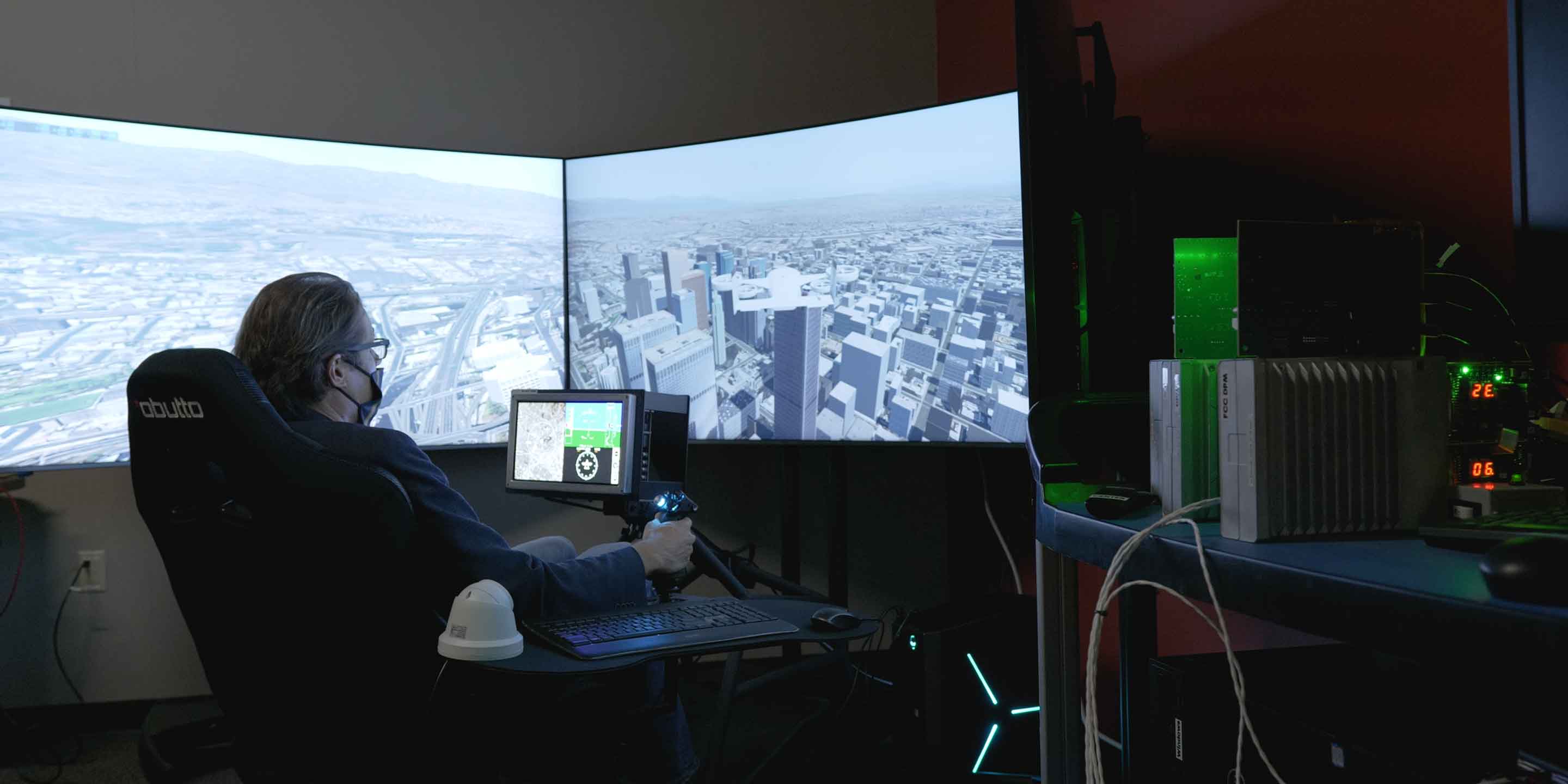Click Here to View This Page on Production Frontend
Click Here to Export Node Content
Click Here to View Printer-Friendly Version (Raw Backend)
Note: front-end display has links to styled print versions.
Content Node ID: 420027
It’s been three years since Honeywell Aerospace took a leap into the advanced air mobility (AAM) market with the launch of a new division dedicated entirely to uncrewed aerial systems (UAS) and what it and some others still refer to as urban air mobility (UAM). Since its inception, the new division has won in more than $7 billion in contracts from aircraft manufacturers looking to incorporate Honeywell's technologies into their new products.
Honeywell will be supplying key components for a number of new aircraft, including eVTOL air taxis and cargo drones. For example, it will provide the actuation system and thermal management system for Archer Aviation’s four-passenger Midnight eVTOL air taxi and the electric propulsion system for Lilium’s seven-passenger Lilium Jet eVTOL aircraft.
The U.S.-based group’s Anthem integrated flight deck will be installed in several electric aircraft models, including the Lilium Jet, Vertical Aerospace’s four-seat VX4 eVTOL air taxi, and the five-seat SA-1 eVTOL aircraft being developed by Supernal, Hyundai’s UAM subsidiary. Electric aircraft developer Pipistrel, which was acquired by Textron (Booth T26) last year, has chosen Honeywell’s compact fly-by-wire system, attitude heading reference system, and air data modules for its Nuuva family of cargo UAVs.
While Honeywell is a supplier to these OEMs, the company’s role in the nascent AAM industry goes far beyond simply providing aircraft components. The company is working closely with its customers to develop new technologies to meet their specific and unique needs. And it is testing and developing avionics, flight controls, and propulsion technologies at a dedicated laboratory in Phoenix, Arizona.
“We are supporting these customers through development and hitting key milestones and deliverables for them, whether that be joint development phase work or preliminary design review and critical design review types of activities,” Taylor Alberstadt, senior director of sales and marketing at Honeywell Aerospace’s UAS/UAM division, told FutureFlight.
Internally, he added, Honeywell is developing core technologies around those types of UAS and UAM systems while simultaneously cultivating entirely new systems, like highly autonomous flight controls and ground control stations for the operation of remotely piloted and autonomous aircraft.
A core component of Honeywell’s autonomous flight technology is its IntuVue RDR-84K band radar system, which provides detect-and-avoid capabilities and automated landing-zone detection. “One of the key pieces we see for autonomy is the ability to detect and avoid uncooperative traffic,” Alberstadt said. “So we're looking at radars and sensors to support detect-and-avoid technology, and we're working on building additional features into our existing avionics suite.”
